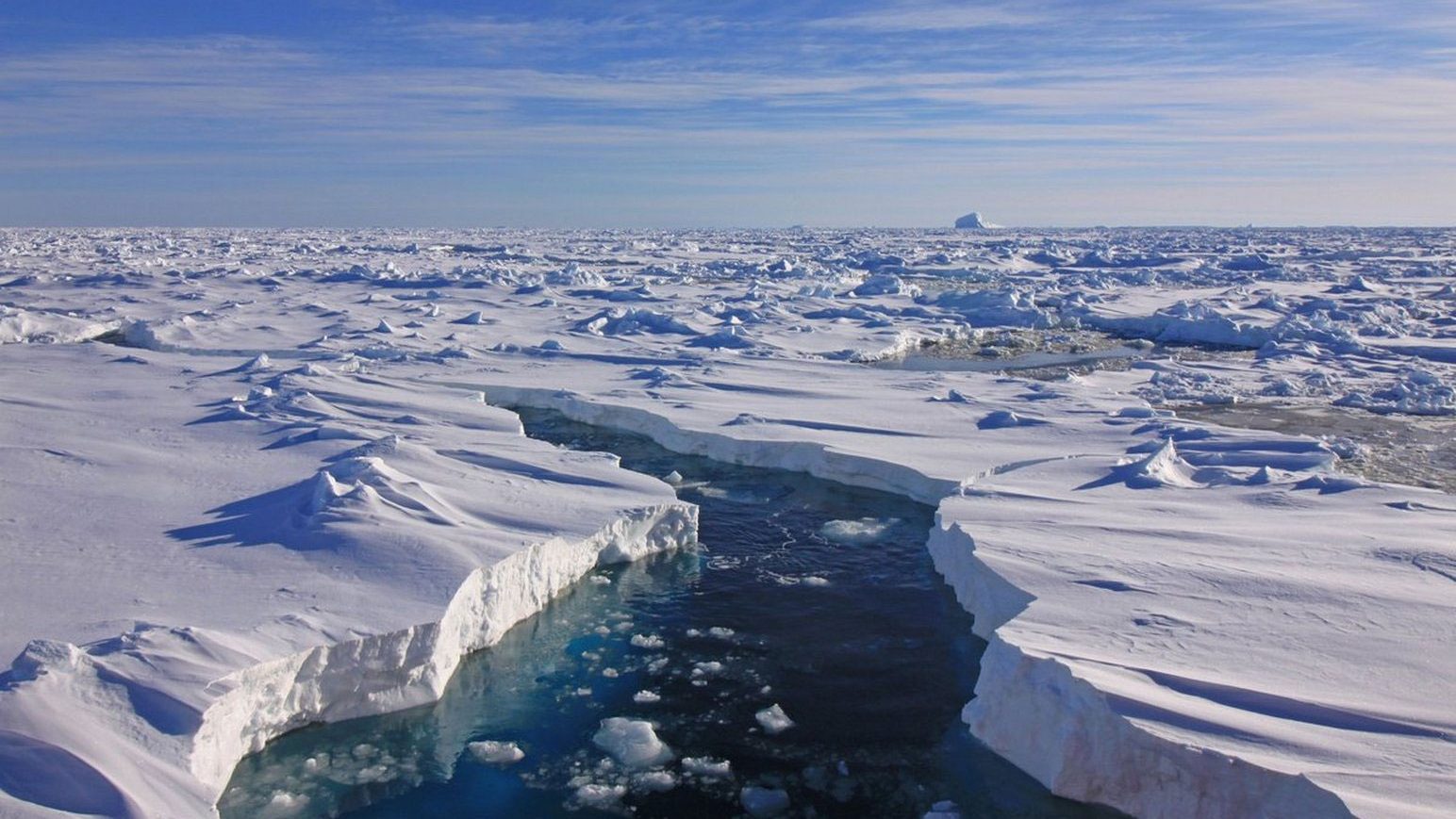Richard C. Davis, Department of English, University of Calgary
Our ways of thinking about history, literature, and anthropology have changed dramatically in recent years, and David C. Woodman’s Unravelling the Franklin Mystery: Inuit Testimony one of the many new fruits borne of this shift in thinking. In essence, Woodman looks once more at the historical events surrounding the disappearance of John Franklin’s 1845 expedition, but instead of relying on the authority of white civilization’s record keeping, Woodman rereads the native accounts and stories that tell of Inuit experiences with survivors of the Erebus and Terror. The word “rereads” is important here, for the tales, collected by such men as Hall, Schwatka, and Rae and recorded in their journals, had been “read” many times before. And in those previous readings, any contradictions between Inuit and white reports were clarified at the expense of Inuit testimony. Native accounts of what they had seen in their own country were deemed faulty, the product of exaggeration or fear or ignorance, and the European words inscribed in official documents or messages buried in cairns were considered impeccable expressions of Truth.
For example, because Fitzjames reported that the men deserted the ships on 22 April 1848, common sense would clearly reject as erroneous a native report that an Inuk had visited Franklin’s ships in 1849. And reject such confused nonsense is precisely what the received interpretation has done. Woodman, however, recognizes the deception inherent in that universalizing source of knowledge we call “common sense.” It is not at all universal, but is a deceptive trap unconsciously laid by a persuasive and dominating culture; it is “sensible” only to a like-minded segment of the world’s population who hold “common” values. Such ethnocentric thinking is precisely what Woodman tries to identify in the traditional European explanations for what happened to the crews of the Erebus and Terror. In place of such skewed interpretations, Woodman suggests alternative readings that attempt to accommodate both European and Inuit accounts.
He pursues the “sense” of Inuit accounts from a number of paths. Perhaps the most significant realization arising out of his quest is that, while the Inuit were “exceedingly reliable witnesses” (p. 321), it is extremely difficult to determine which event they were witnessing. Thus, many of the apparent Inuit contradictions to documented Admiralty evidence stem from white confusion about which British officer was visited or aided, or which “Shartoo” (“the flat onep”. ;2 85) or “Omanek” (“the heart-shaped place”; p. 61) was in the teller’s mind when he spoke of a geographical feature. The error was not one of Inuit veracity, but of ambiguities misinterpreted by Hall and Schwatka and other early collectors and interpreters of these tales.
That Woodman’s source of Inuit oral legends is the written records of whites is not only ironic, it is the origoifn the confusion. Woodman argues that, in initially listening to Inuit stories and recording those considered relevant, these white searchers were guilty – through selection, arrangement, and contextualization – of unconsciously manipulating what they heard. Such “editing” did not arise from any intention to deceive, but from the inevitable confusion present when one ‘culture is asked to perceive experience through the eyes of another. The problem has since been immensely compounded by readings that too easily dismiss troublesome Inuit reports.
The book is clearly organized, Woodman using the metaphor of a court of inquiry to present his evidence. Perhaps more accurately, Woodman presents his interpretation of the evidence, for there is no new evidence in this book, only a rethinking of what has been available for many years. He begins with a brief introduction to Franklin’s expedition and his disappearance. The first chapter then addresses pre-1845 contacts between Inuit and whites among the arctic islands. An important chapter, it sets the stage for the possibility of significant relations between Franklin and the Inuit. The next chapter surveys the numerous white expeditions that attempted to determine Franklin’s fate – Rae, Anderson and Stewart, McClintock, Hall, and Schwatka. A third chapter builds a case for the general reliability of Inuit reports, including a weak section on Inuit folklore, and some excellent pages on European assessments of Inuit stories. From this point forward, nearly 300 pages, Woodman turns his attention to an extremely detailed reading of the numerous Inuit legends relating to the Franklin expedition. The book draws no firm concluSions about the fate of the crews of Franklin’s ships, but it certainly casts doubt on a number of traditional interpretations, particularly concerning the movement towards Starvation Cove.
It would be impossible to review Woodman’s book without mentioning Owen Beattie’s efforts over the past decade to determine the fate of the lost expedition. Woodman himself feels compelled to include an appendix on lead poisoning. What seems of special relevance to my reading of Unravelling the Franklin Mystery is that Beattie and Woodman, working nearly 150 years after the Franklin disaster, use contrasting methods in an attempt to solve the same riddle. Beattie employed the highly technical tools of forensic anthropology and medicine to acquire new data. Woodman, antithetically, reassesses old stories and legends gathered over a century ago from a nomadic hunting society. While neither Beattie nor Woodman ultimately produces concrete answers, it is promising that understanding might also be gained by looking outside the narrow ethnocentric limits of.European thinking and technological virtuosity.
